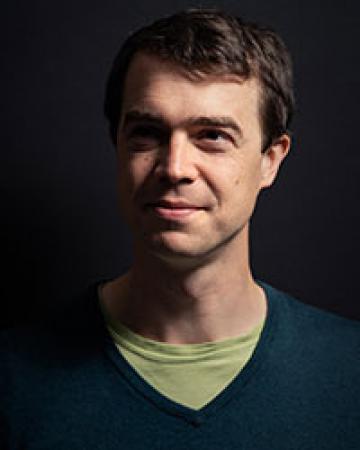
Jack Hare
Sam Davies
Jack Hare
MIT
Thursday, February 11, 2021
10:00am
Virtual
Abstract: Pulsed-power generators generate magnetized, high-energy-density plasmas using intense pulses of electrical current (~ 1MA), which heat initially solid targets to the plasma state. These intense currents also generate strong magnetic fields (~ 10 T), setting up JxB forces which accelerate the plasmas to high speeds (~ 100s of km/s). By carefully designing the geometry of these experiments, we can arrange for collisions between plasma flows, or with solid targets, generating hot, dense plasmas (~100 eV, ~10^18 cm^-3). These hot, dense, magnetized plasmas are ideal for testing fundamental concepts in plasma physics, and mimicking the extreme conditions found in astrophysical objects.
In this talk I will discuss PUFFIN (puffin.mit.edu), a new pulsed-power facility that will start construction at MIT in 2021. PUFFIN's unique capability is a microsecond drive time, much longer than existing pulsed-power facilities, which are optimised for driving implosions in around 100 ns. These long drive times open up the new frontiers in high-energy-density laboratory astrophysics, enabling us to study the steady-state behaviour of magnetized turbulence or the growth of instabilities such as plasmoids in magnetic reconnection.
Bio: Jack Hare studied Natural Sciences at the University of Cambridge, followed by two years of graduate studies at the Princeton Plasma Physics Laboratory. He completed his doctoral studies at Imperial College London in 2017, where he developed a new pulsed-power platform for studying magnetic reconnection on the MAGPIE pulsed-power generator. He continued this work as a postdoctoral researcher at Imperial College London, with a year spent at the Institute of Plasma Physics in Garching, Munich, working on diagnostics for ITER. He is starting as an assistant professor at the Nuclear Science and Engineering Department at MIT in January 2021, and will arrive in the USA when international travel is again feasible. His personal website is fusionandthings.eu